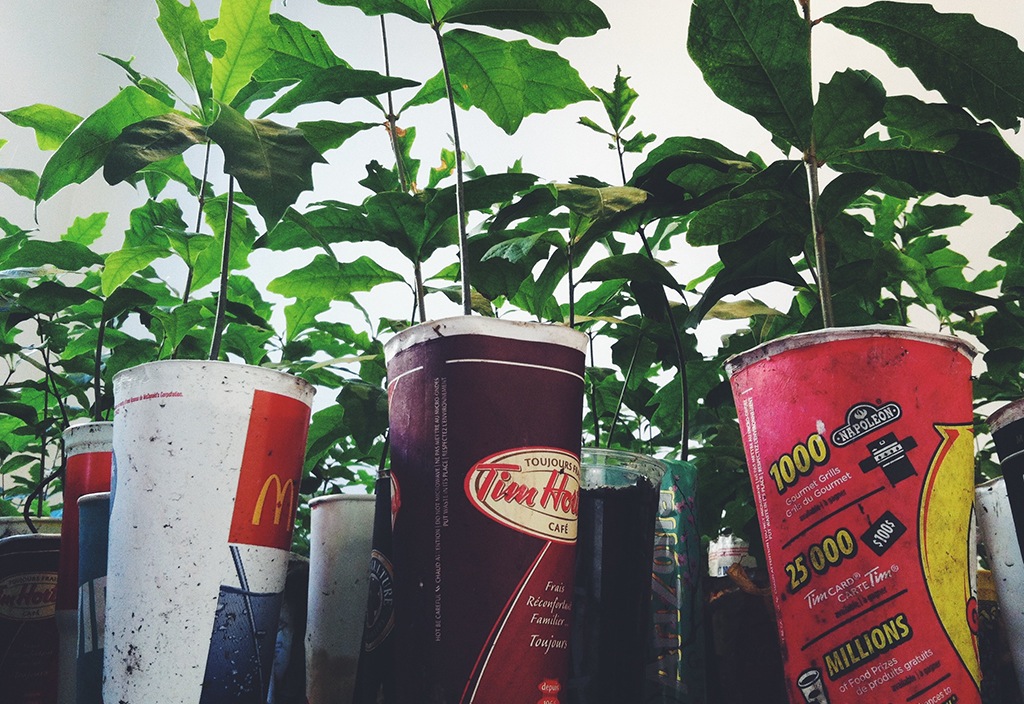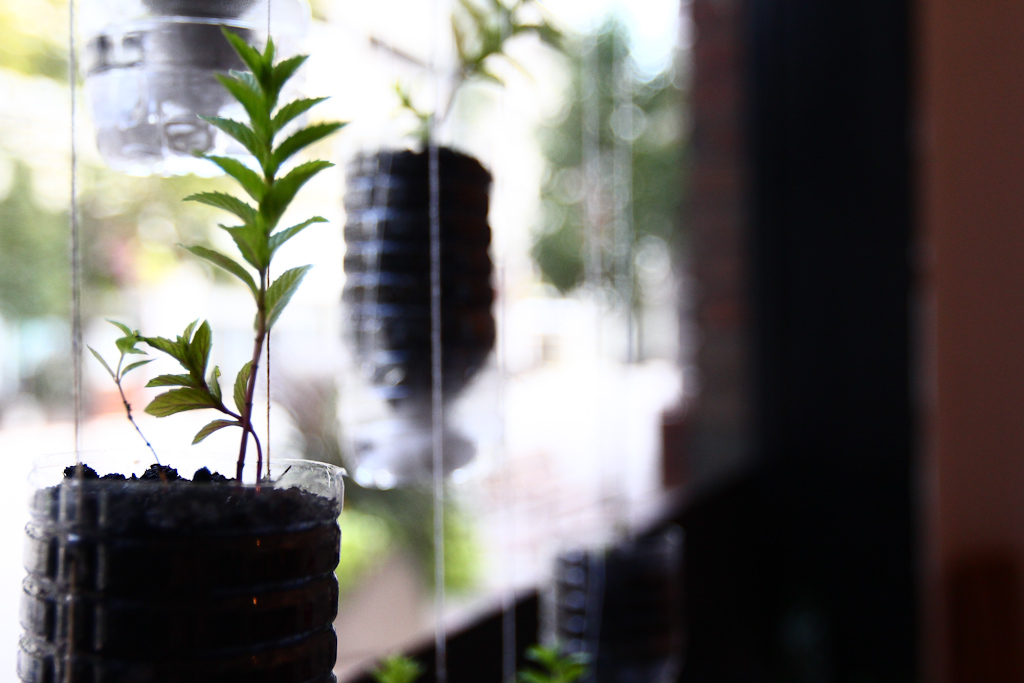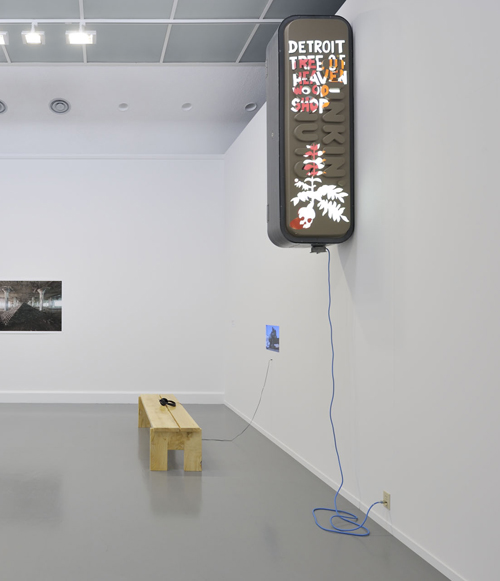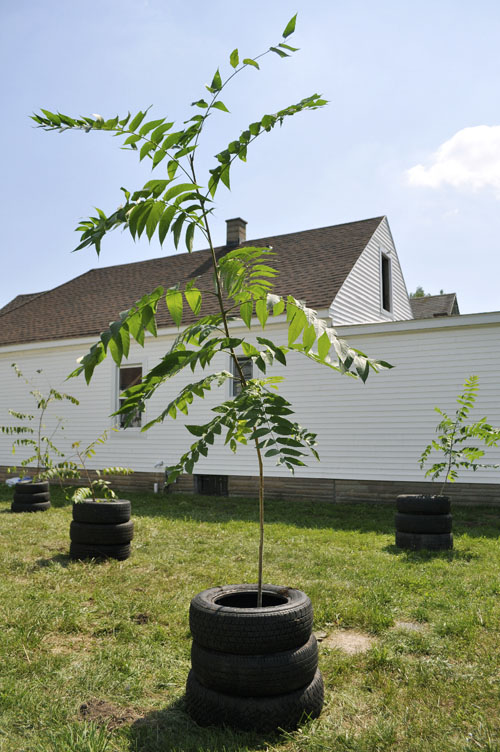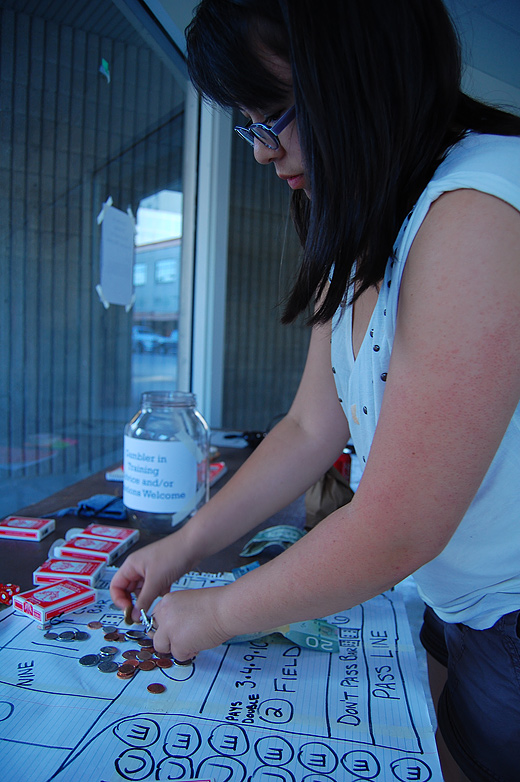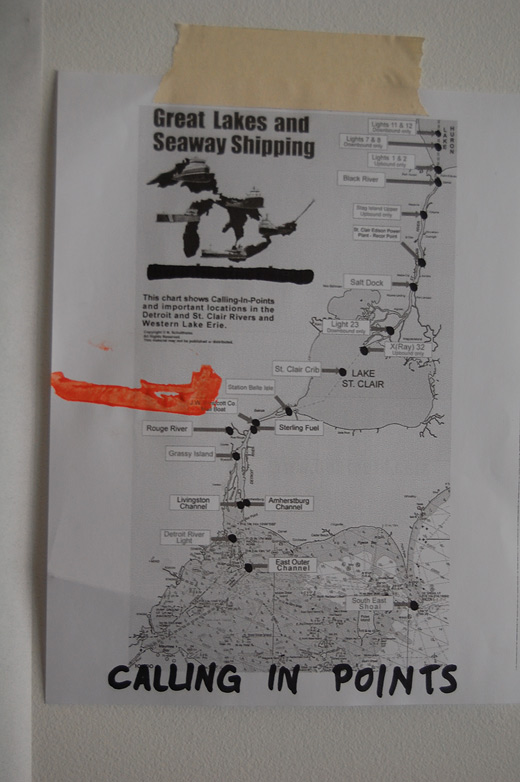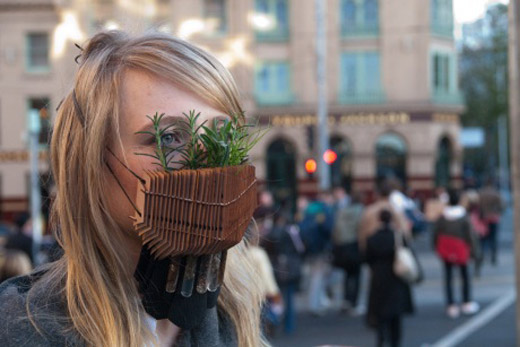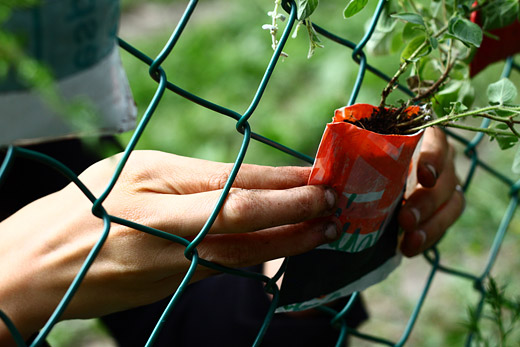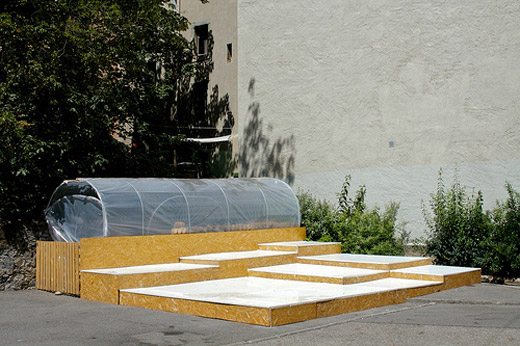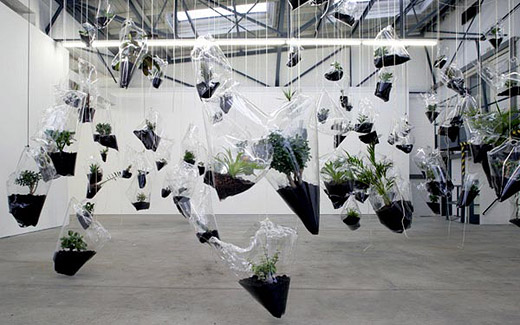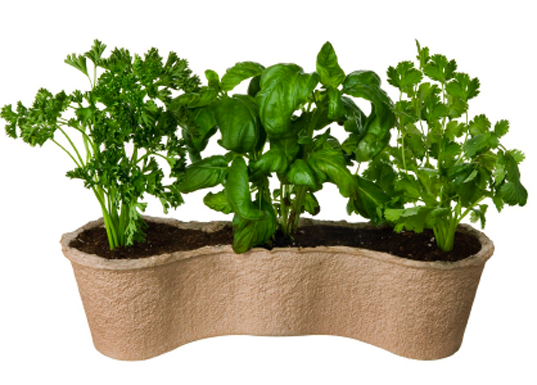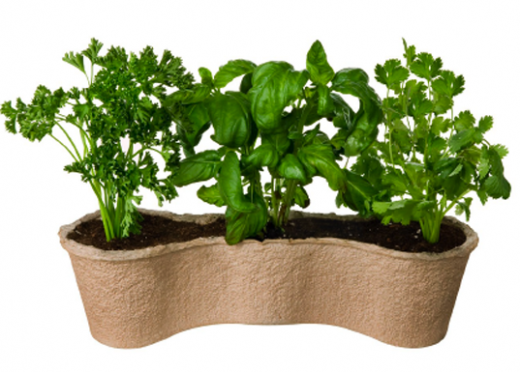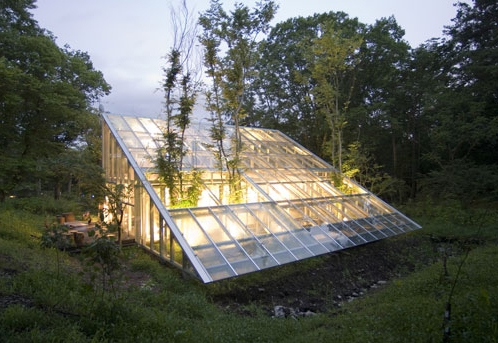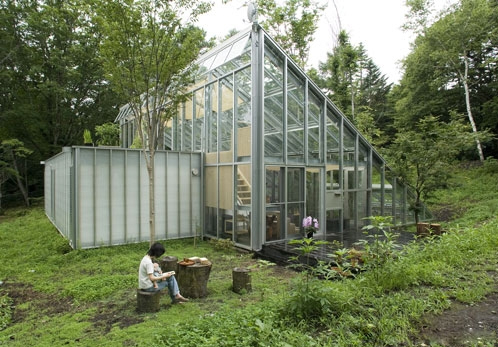Triage: A Propagation Project by Patricia Coates
Exhibition Runs September 16th – 26th / Closing Reception Wednesday, September 25th at 7pm
CIVIC Space – 411 Pelissier Street, Windsor, Ontario
Triage: A Propagation Project by Patricia Coates is an ecological intervention and a commitment to acquiring a personal knowledge of the land where she lives. Essex County is a microcosm for global environmental and social concerns. A place of globally significant bio-diverse prairie and wetland, heavy industry, agriculture, and nuclear technology on the Detroit River, the area reveals a shaping of rural and urban landscapes where human disturbance is ongoing. The interface of natural and man-made environments further suggests a complex and conflicted human nature playing out in our relationship with the land: we want to save, own, and exploit it all at the same time. From this entangled, self-driven motive to protect and ‘save nature’ surfaces contradiction and, at times, a wilful, and absurd relationship with the ecology, revealing a significant human psychological dimension that defines us irreconcilably as both creative and destructive beings. During Triage, a search to acquire a personal knowledge of how the land, trees, soil, and the ecosystem as a whole function has revealed her own complicated relationship, in which good intentions and ‘saving nature’ are questioned.
The seedlings are grown from acorns gathered from Pin and Chinquapin Oaks, two Carolinian species indigenous to Essex County. The ‘pots’ were gleaned from city streets, rural roads, dumpsters and contributed to by family, friends and her own consumption. The trees will be planted on the restoration site and the Essex County landfill: enthalpy and entropy–growth and decay–playing out simultaneously.
Please join us on Wednesday, September 25th at 7pm for a closing reception at CIVIC Space.
